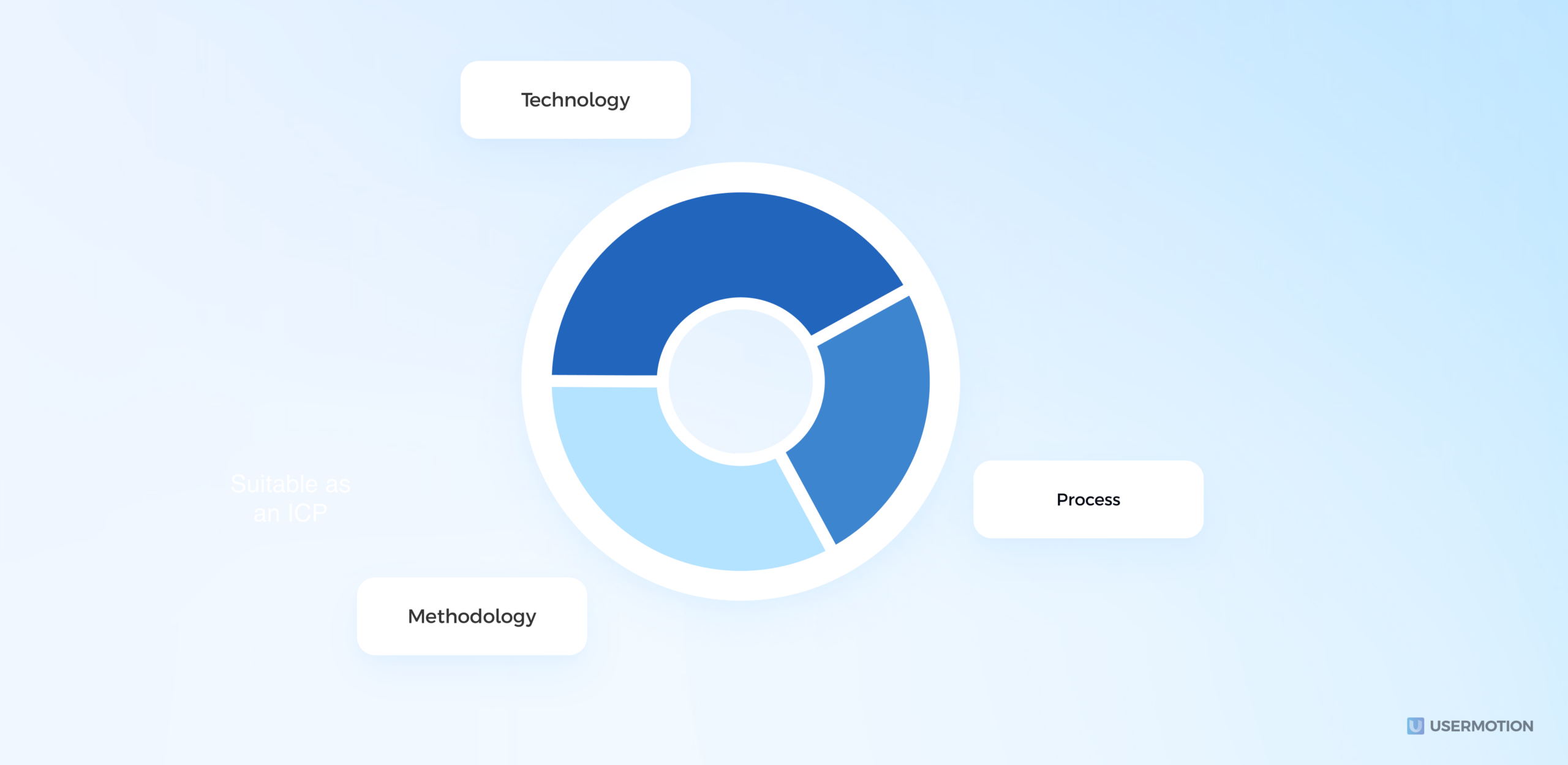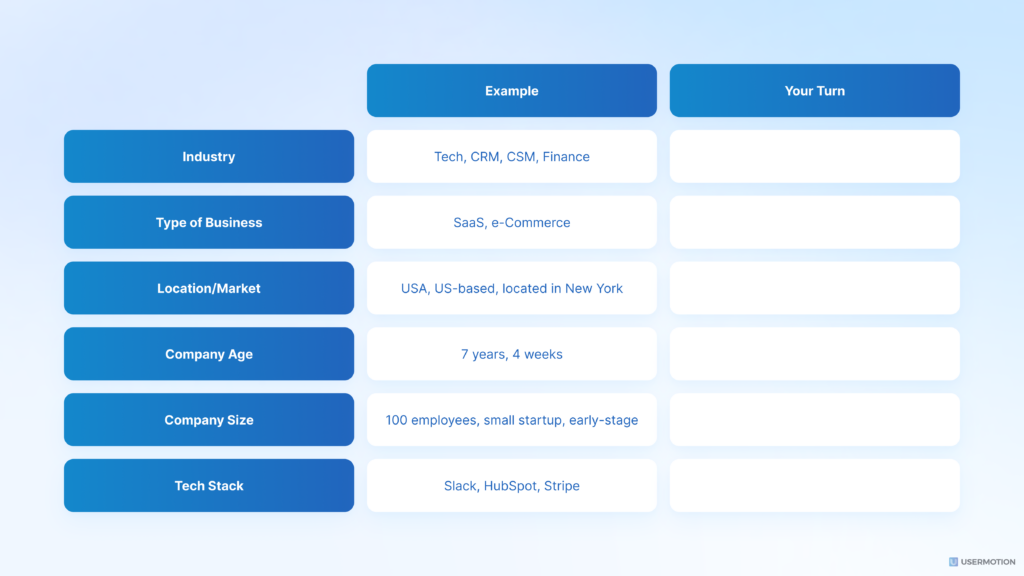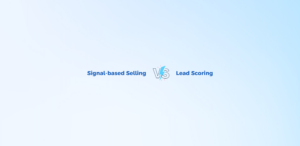B2B sales enablement is all about turning plans into action. It’s about giving your sales team everything they need – like tools, help, and information – to really grab the attention of potential customers.
What is B2B Sales?
In simple terms, when one company sells something to another company, it’s called a Business-to-business (B2B) sale. The things they sell, like products or services, are usually made to fit what the other business needs. The way they sell these things is different from usual and can be a bit complicated. Even though it’s easy to understand that it’s about one business selling to another, the actual process of doing this can take a long time and is different for every company.
Why and How?
- The more the headcount of the decision maker, the longer the sales process.
- The smarter the buyer, the more expertise it takes for them to be convinced of your product/services’ worth.
TL;DR
- In a B2B (business-to-business) sale, each company has its own special way of selling, and it’s not simple.
- This process depends a lot on the number of people making decisions and how much the buyer knows.
- It’s about really understanding what the buyer needs, and it usually takes longer than selling to regular customers (B2C).
- UserMotion offers a way of selling that involves finding out about potential customers, deciding if they’re good leads, making offers that are just right for them, and handling any doubts they have.
- UserMotion provides predictive lead scoring to pick the best potential leads to focus on.
- Overall, B2B sales have six main steps: researching, qualifying leads, making pitches, addressing concerns, closing the deal, and keeping the relationship going.
The ABC of B2B Sales
B2B sales are everywhere. For example, big stores sell food supplies to local restaurants, and farmers sell their crops to grocery stores.
In our case – SaaS, for instance, a company that develops project management software might sell its services to other businesses that need to organize and track their projects efficiently.
Unlike B2C where individual customers might use the software for personal projects, in B2B, the buying company uses the software to enhance its business operations, improve team collaboration, or streamline workflow processes. It’s more about helping the buying business run better and grow, not just for use right away.
To really get what B2B sales are, it helps to compare them with B2C sales.
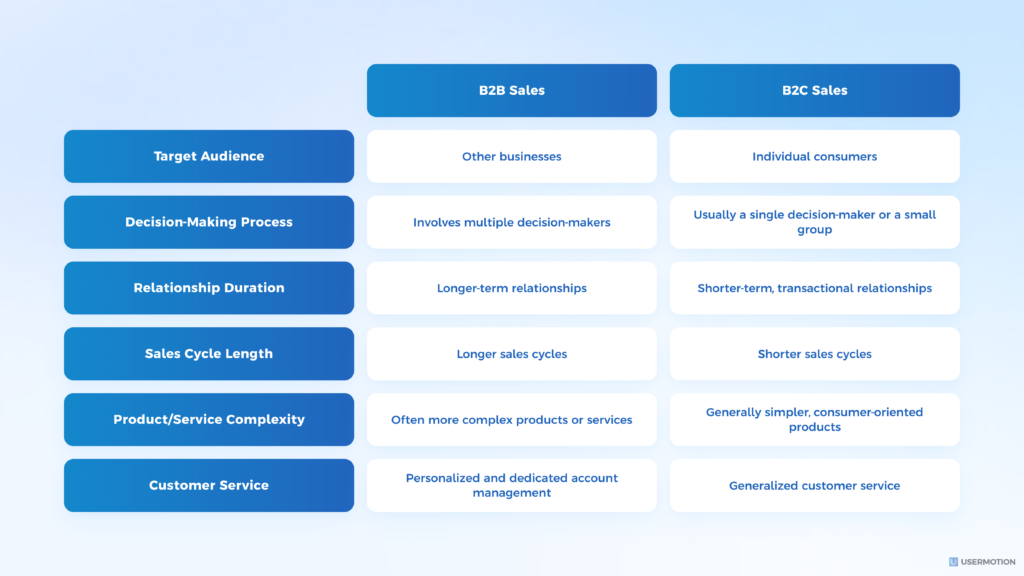
Common examples of B2B sales
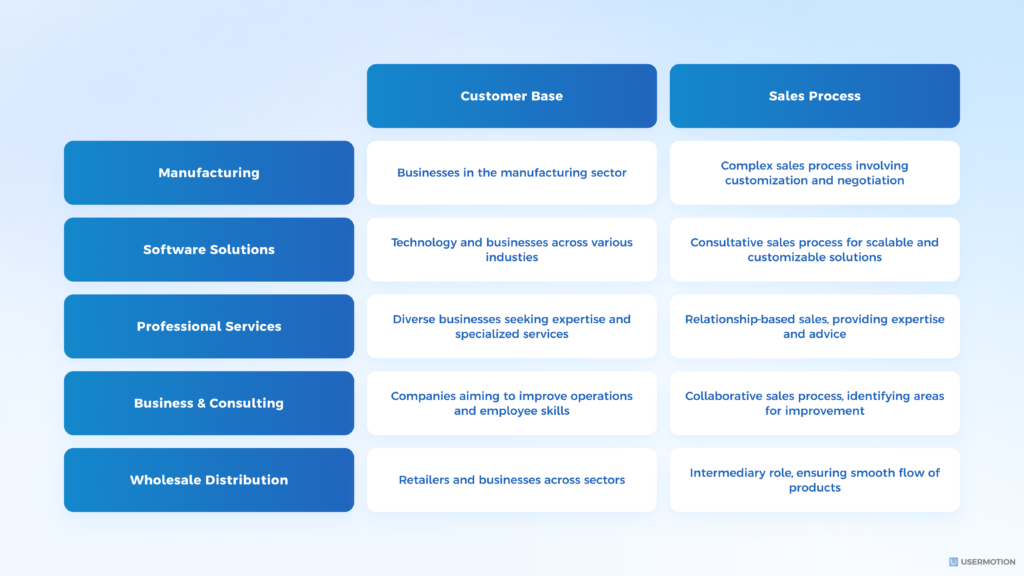
B2B Sales Journey
As we discussed earlier, selling SaaS (Software as a Service) to other businesses (B2B) is different for each company. They all have their own special ways of talking to potential customers and strategies to convince them to buy, and this usually takes quite a bit of time. But, there are a few steps that are usually the same in most B2B sales. Let’s look at how a B2B sales enablement tool, UserMotion enables this journey for a company:
1. Company Research
Before you even start talking to customers in B2B sales, you need to do some prep work. First, you have to figure out who your ideal customers are. Once you know who you’re targeting, it’s time to dig into research. Learn about their main problems, why they might hesitate to buy, and what they really need from your product.
A report from Salesforce showed that a huge 89% of buyers are more likely to buy from salespeople who get their issues, what they’re trying to do, and their goals. So, get into the mindset of your ideal customer (ICP) and shape your sales approach to fit them. That’s your first big step.
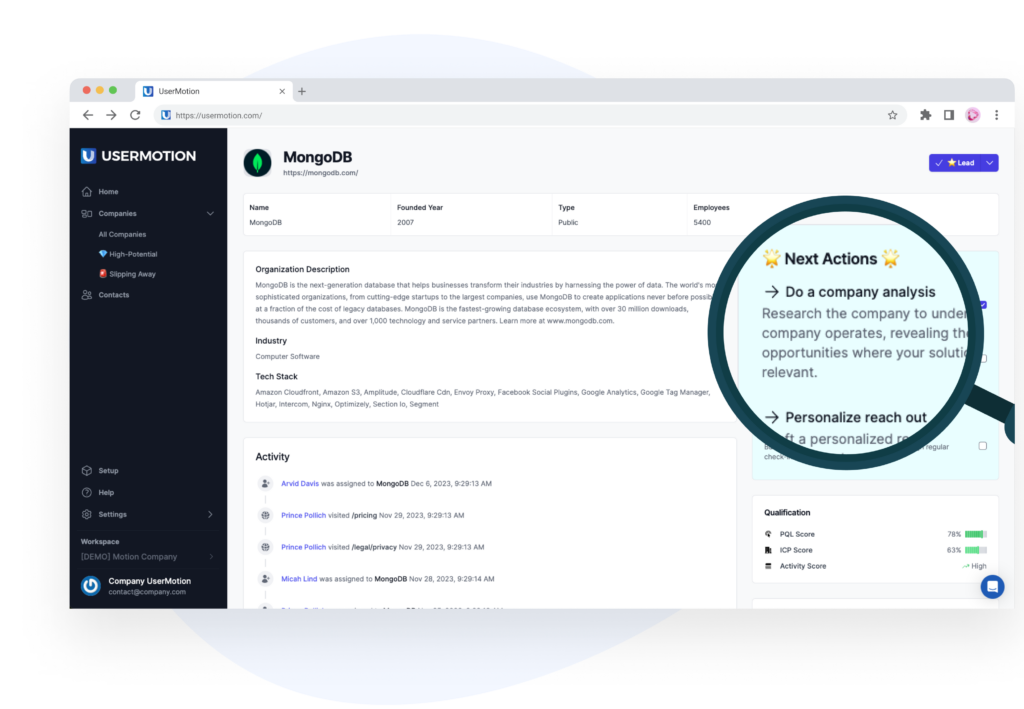
2. Lead Qualification
Lead qualification is just a fancy way of saying “picking the best potential customers to sell to” in the B2B world. Imagine you have loads of possible customers listed on your computer. It’s not worth trying to sell to all of them, and checking each one by hand takes ages.
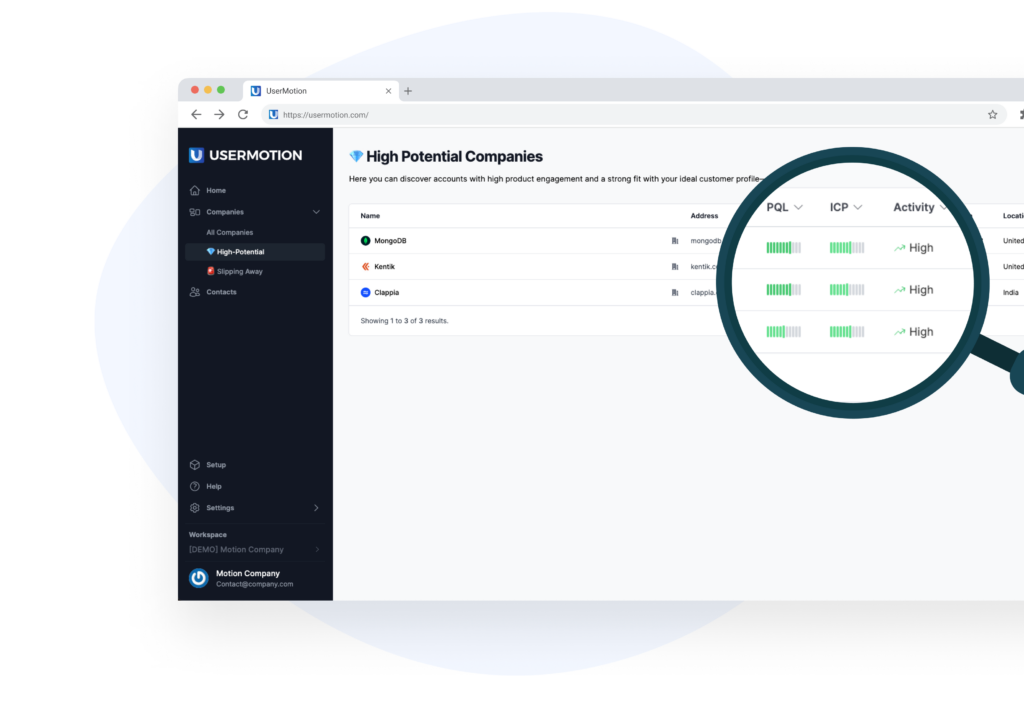
UserMotion works as a B2B sales enablement to prioritize these potential customers, showing you which ones are the best to focus on. It simply makes it easier to decide which leads to pay attention to. It uses a predictive qualification system to look at how these potential customers behave and figure out who’s most likely to buy from you.
Prioritize Your Best Leads with UserMotion
So, your sales team can zero in on these top-priority companies, saving time and effort. It’s a way to get started on selling more efficiently.
3. Presenting the Pitch
When you get a response from a potential customer, you learn a lot about them. This information is actually useful because it lets you make a sales pitch that’s just right for their needs and worries.
Making a good B2B sales pitch means making it personal. According to a Salesforce report, 71% of B2B buyers felt that most sales talks were too much about just making the sale, not about them.
So, it’s super important to make your first few pitches count. You want to keep these customers for a long time, not just make a quick sale. If they see that you’re trying to meet their goals, they’ll be more likely to have a good start and stick with you.
4. Addressing Concerns
In B2B sales, you’ll surely run into some objections, and that’s normal. What matters is how you handle them. Your role is to be ready with great answers and to provide information that deals with their current and future worries.
It’s not about avoiding these objections, but rather about dealing with them cleverly. You need to show that you’re an expert and that you’ve prepared. The way you handle their concerns now will give them a hint of what kind of customer service they can expect after they buy. So, it’s important to show your best side right from the start.
5. Closing
Pricing, the biggest objection, and the highest bounce point of the process must be handled delicately. This is the point where you uncover essential details, such as the number of stakeholders required to sign off on the deal and the legal requirements that will shape our collaboration.
Closing, in a way, is the start of an entirely new sales process in which you begin to cement a long-term relationship with your new customer. It’s a crucial phase in the cycle, shaping the pathway towards finalizing the deal and ensuring alignment on all necessary fronts.
6. Nurturing
Even if a potential customer agrees to a deal, it’s not final until they sign up and pay. You can make a good impression by sending a detailed follow-up email that goes over the offer and reminds them of everything you talked about.
The important part starts after the deal is official. The first 30 to 45 days, or the “honeymoon period,” are really important. It’s not just about impressing them with your service, but also about staying in touch and getting their thoughts on how things are going.
This feedback includes how you’re doing and if the product is helping your customers. Staying on top of this is a good way to make sure they’re happy and to keep a good relationship with them even after the sale.
B2B Sales Enablement Activities
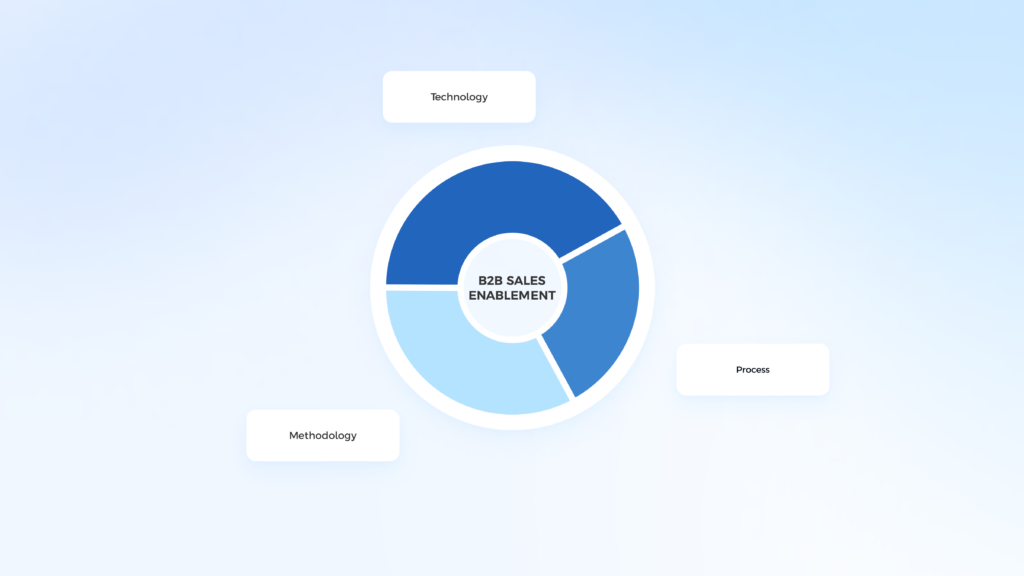
- Ideal Customer Profiling
- Lead Qualification
- Lead Scoring
- Product-led Sales Practices
- Implementation Documentation
- Sales Playbooks
- Success Stories & Case Studies
The B2B Sales Funnel
The B2B sales process seems like focusing on the seller, but the B2B sales funnel is all about the buyer’s journey. To make your sales work better, you need to understand the sales funnel, which shows the different thoughts and feelings buyers go through.
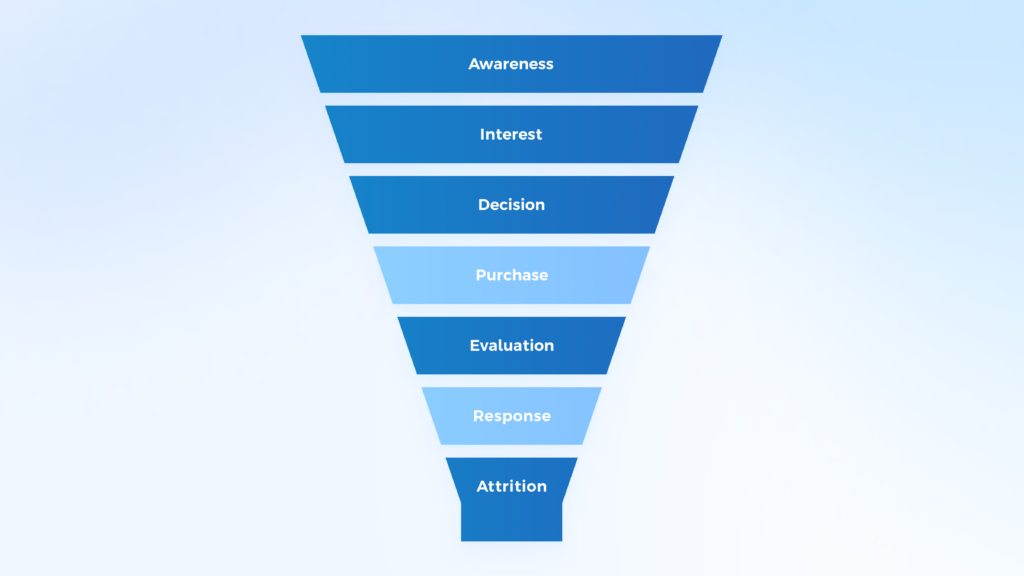
Here’s a typical B2B sales funnel:
- Awareness: Potential customers find out about your product or service.
- Interest: They start to show interest, looking into what you offer more closely.
- Decision: They compare your offering with others and decide based on what they need.
- Purchase: The user decides to buy and becomes a customer.
- Evaluation: After buying, the customer judges how well your product or service works.
- Response: The customer feels either satisfied or unsatisfied, depending on what they expect.
- Attrition: Customers either keep buying and become loyal, or they might stop buying from you.
Make B2B Sales A Success With Lead Scoring Enablement
B2B sales enablement makes your sales process more efficient, like putting it on autopilot. In B2B sales, which are always changing, every sale has its challenges and usually takes a long time. That’s why you need to adjust your approach for each business you deal with.
The number of decision-makers and how much the buyer knows can affect the sales process, so understanding B2B sales well is important. From finding potential customers to making pitches and closing deals, longer processes need more resources.
This can put pressure on your return on investment and the cost of acquiring customers. To cut down the time it takes to get new customers, focus on the potential leads that are most likely to become customers.
You might want to check out UserMotion’s Lead Scoring Tool to help with this.

